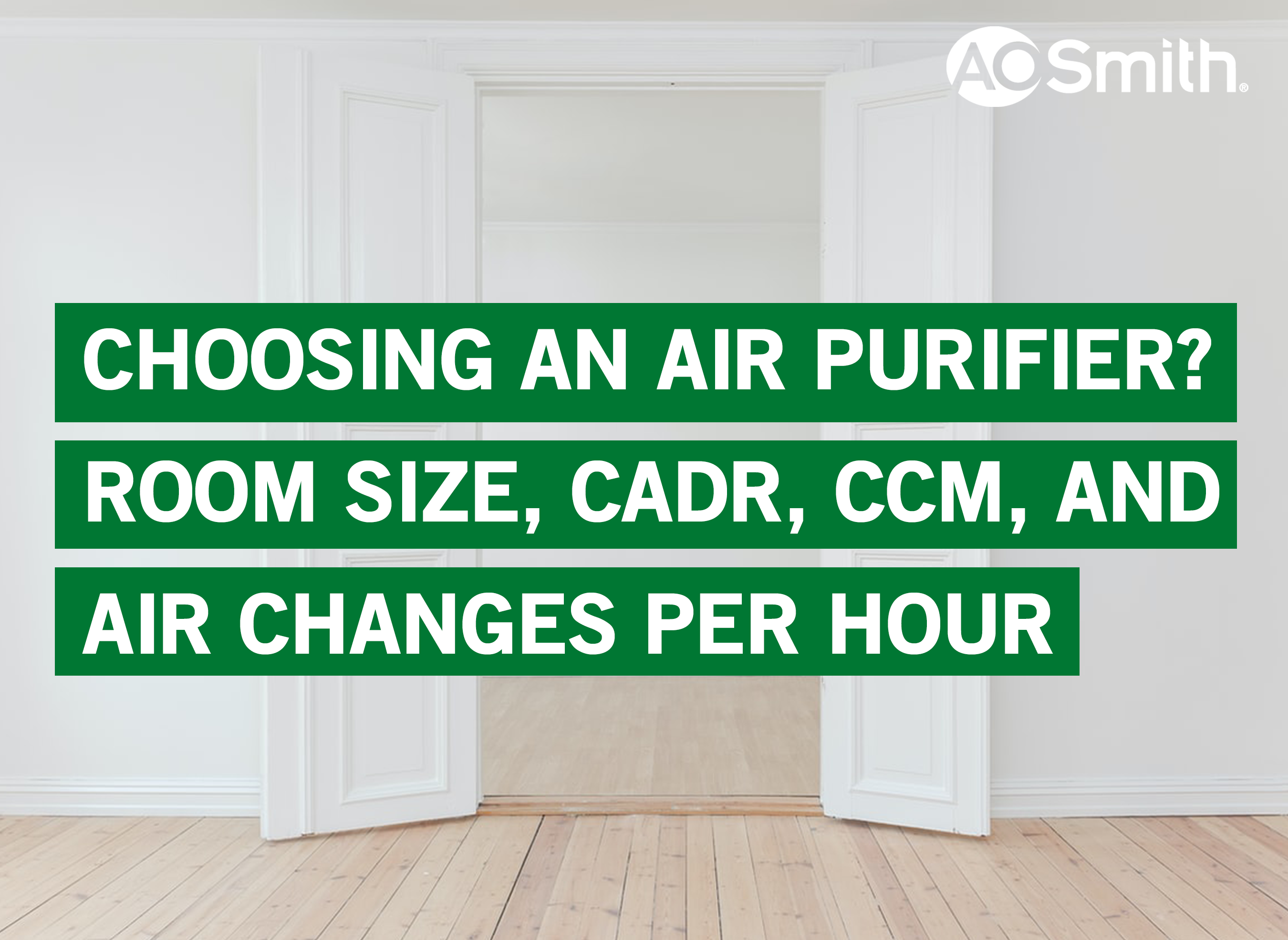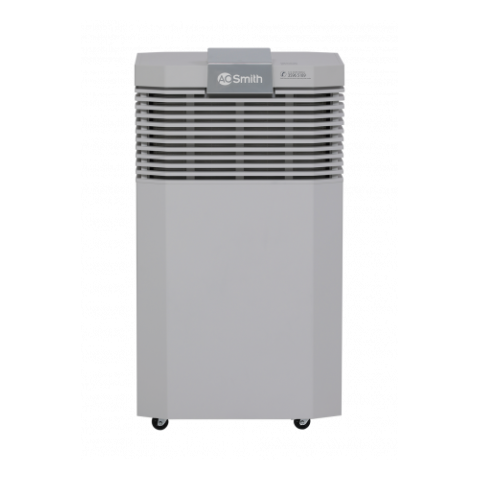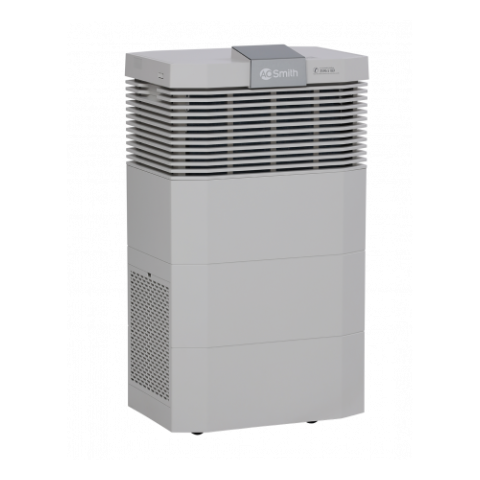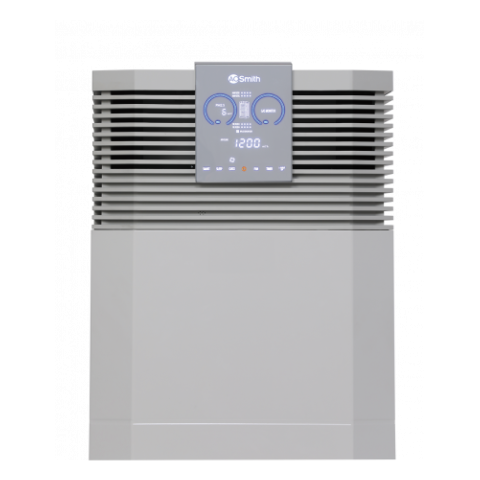When it comes to choosing an air purifier the size of your room, CADR rating, clean cumulative mass, and air changes per hour that the air purifier is capable of should play a big factor in your decision making. Air purifiers have varying efficiencies depending on the size of the room it needs to clean and how many cubic meter per hour it can process. The rate at which they filter the entire volume of the enclosure matters and so does their long-term performance. Learn how many air changes per hour is recommended in different spaces, how to read the CADR rating, and how CCM determines an air purifier's long-term performance.
What is a CADR rating? Does it accurately measure an air purifier's efficiency?
Clean Air Delivery Rate or CADR is a rating system that can help determine the effectiveness of an air purifier based on how many cubic meters per hour (m³/h) or cubic feet per minute (CFM) of particulate matter it can filter. Generally speaking, the higher the CADR value, the faster the air purifier is at processing air. According to the Association of Home Appliance Manufacturers, an air purifier should have a CADR rating of at least two-thirds of your room’s square footage.
We use two CADR values, each focusing on a specific airborne pollutant: particulate (dust/pollen) and gas (formaldehyde).
A factor that CADR does not account for is an air purifiers’ long-term efficiency. Air purifiers start declining in efficiency after only one hour of usage, the extremely short twenty minute CADR test will not accurately reflect a purifiers’ performance in the long term.
CADR also does not test for air purifiers’ performance against ultrafine particles. The three contaminants that CADR tests for (dust, pollen, and smoke) are on the larger side of the spectrum of airborne contaminants that are commonly filtered, ultrafine particles smaller than 0.1 microns make up 90% of the particles found in the air and harmful biological aerosols typically come in these sizes.
It is important to note that the CADR system has its limitations and it is in the best interest of the consumer not to base their decision in getting an air purifier solely on its CADR rating alone.
What ACH is, how to calculate it, and choosing which rating is right for you.
Air Changes per Hour or ACH tells you the number of times an air purifier can filter the entire volume of air in a room within the span of an hour. You can use this to compare the effectiveness of air purifiers. A minimum ACH rating of 4 is a good baseline to remember when choosing an air purifier.
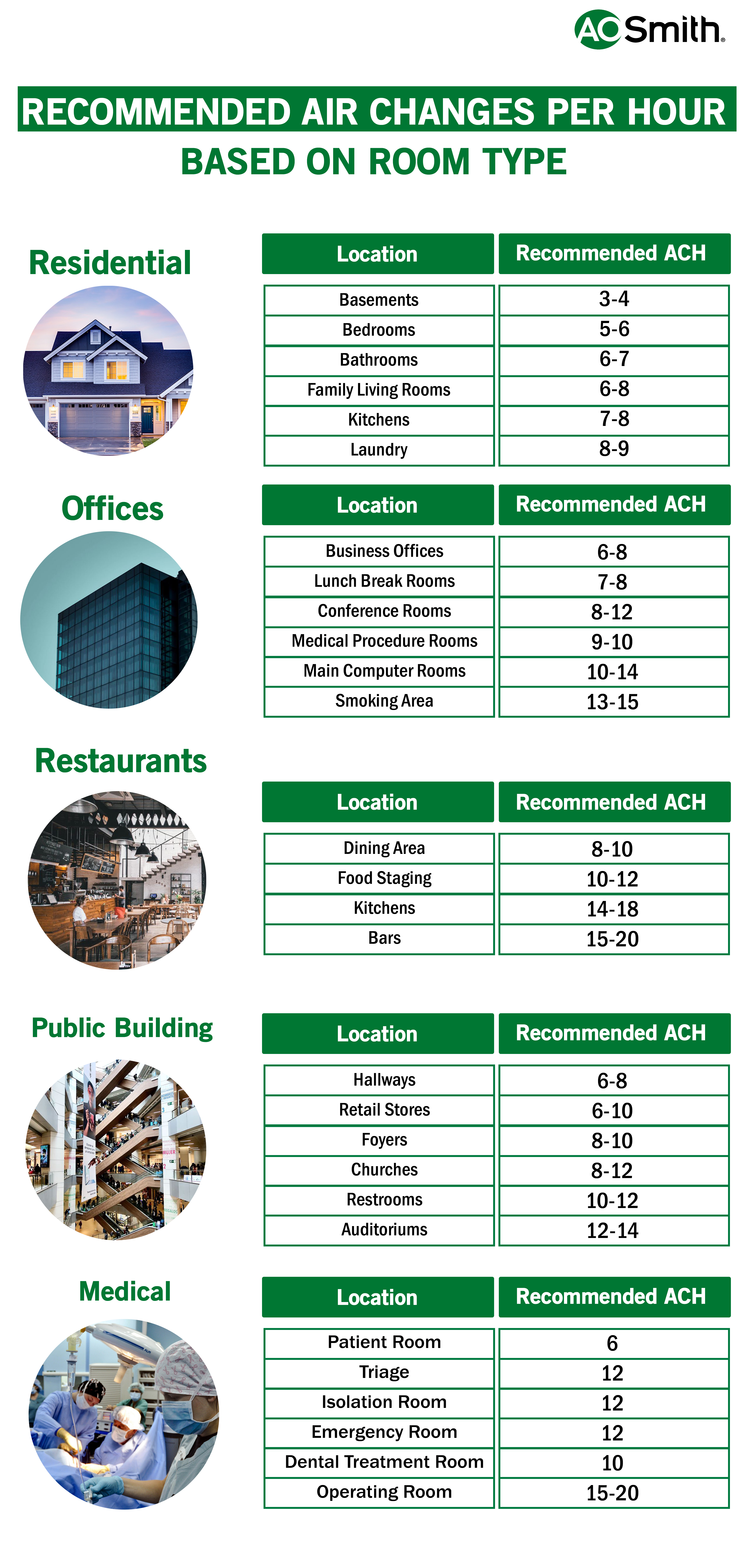
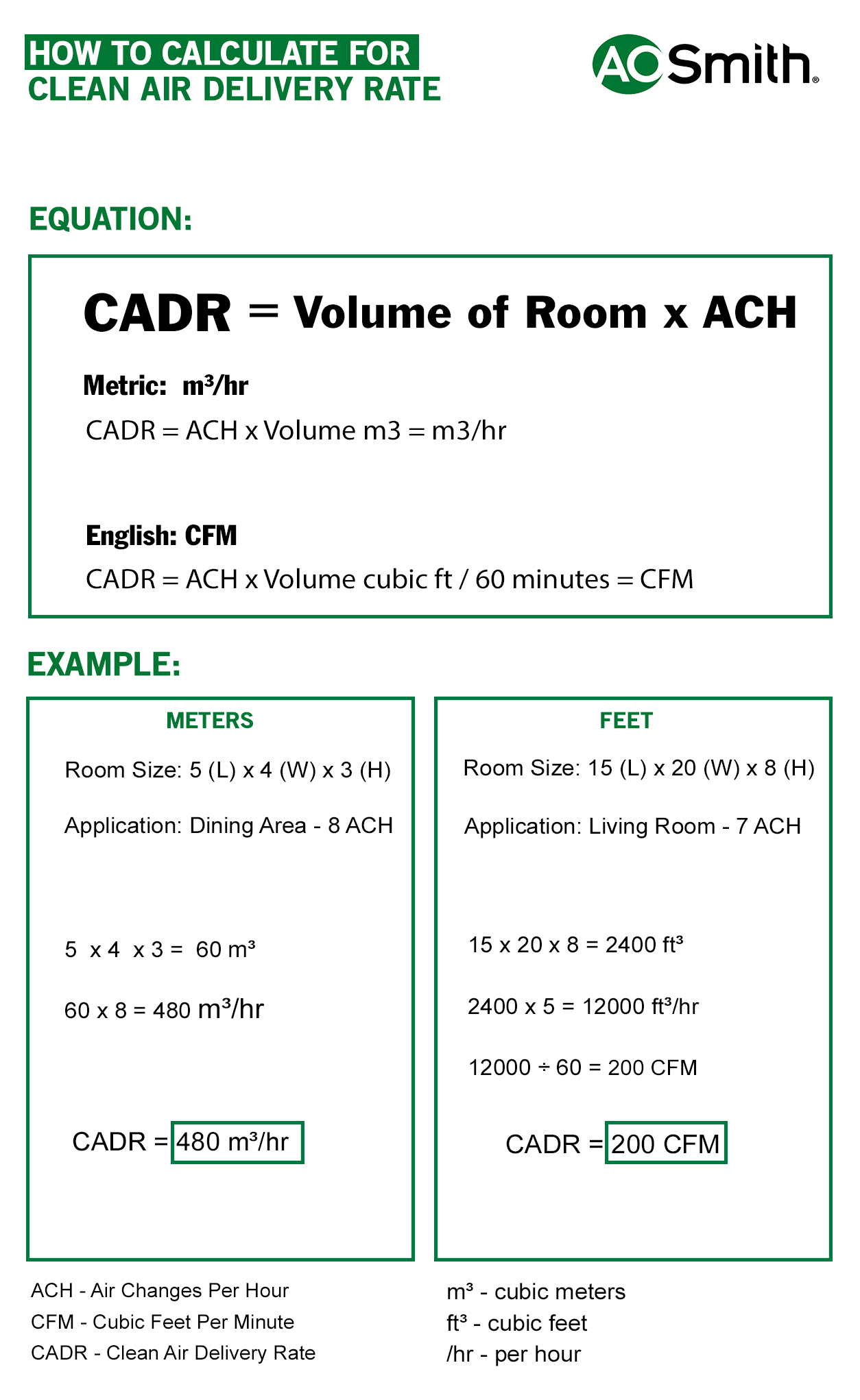
To calculate ACH you must first know how many cubic meters per hour the air purifier can process then divide it by the volume of your room.
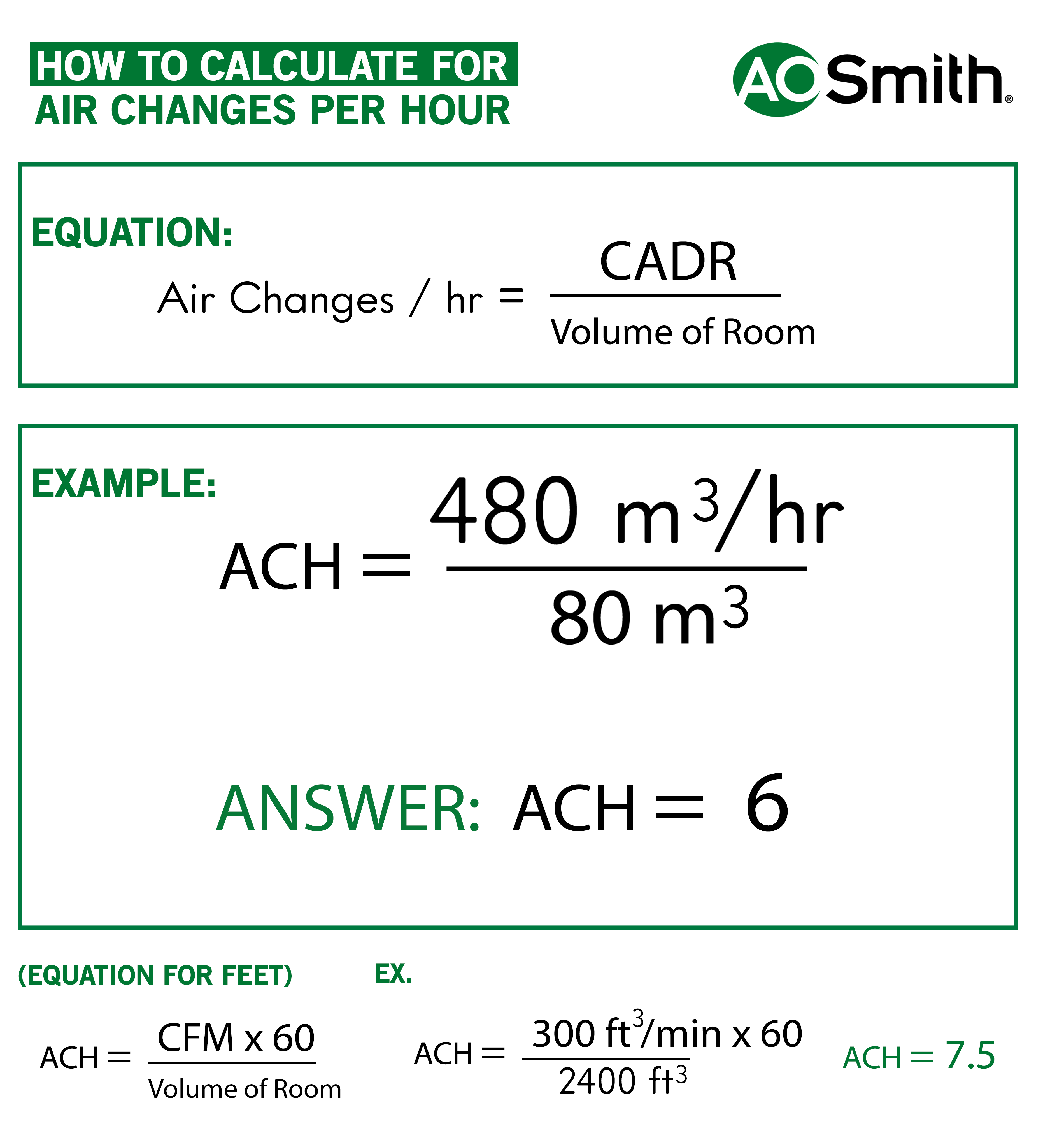
Cumulative Clean Mass - the best way to determine long-term performance
Cumulative clean mass (CCM) measures the efficiency of an air purifier based on its ability to filter out particulate matter and formaldehyde. The cumulative total of purified particles is calculated when the CADR is degraded to half its original value through a series of tests deliberately made to wear out the air purifier’s filter.
The tests conducted to reduce CADR to half its initial value include sealing it off in a chamber, lighting 100 to 200 cigarettes for the filter to clean, and exposing it to formaldehyde and other volatile organic compounds to wear out filtration media such as activated carbon filters. The purpose of this rigorous testing is to simulate how much volume of particular matter, odors, and formaldehyde an air purifier can process before its overall efficiency starts to diminish over time. The final CCM rating indicates the continuing efficiency of an air purifier to clean indoor air even after long and heavy usage.
The CCM rating is by far the best way to determine how efficient your air purifier is for long-term performance. Most air purifiers drop in efficiency by as much as 75% within the first few months of use. The CCM rating helps consumers identify which air purifiers are a better long-term investment.
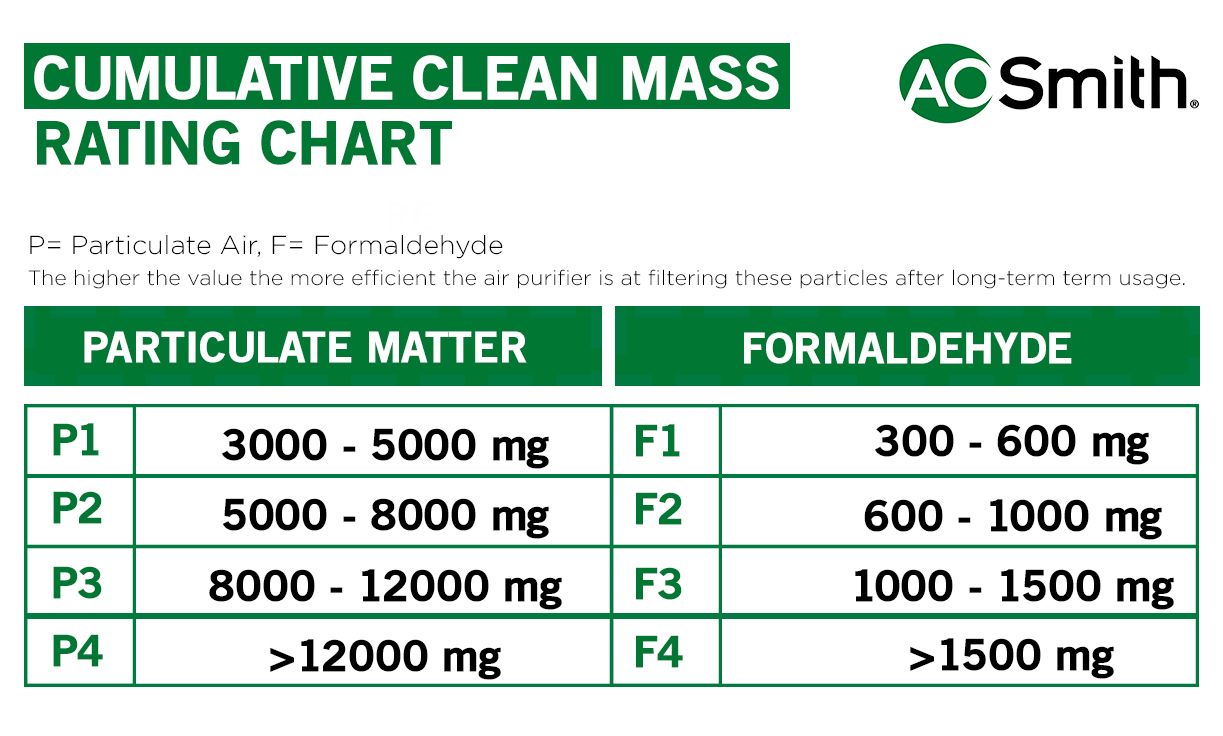
Before purchasing an air purifier determine first the function of the room and its dimensions.
Taking the time to measure your room’s dimensions and determining its intended purpose will make it easier for you to choose the appropriate air purifier that can efficiently clean the volume of air in your indoor spaces.
Remember that different types of rooms require different air changes per hour to maintain the circulation of fresh air. Keep an eye out for a device’ CCM rating to determine its long-term performance. The right air purifier in the right room will provide clean air for years.

